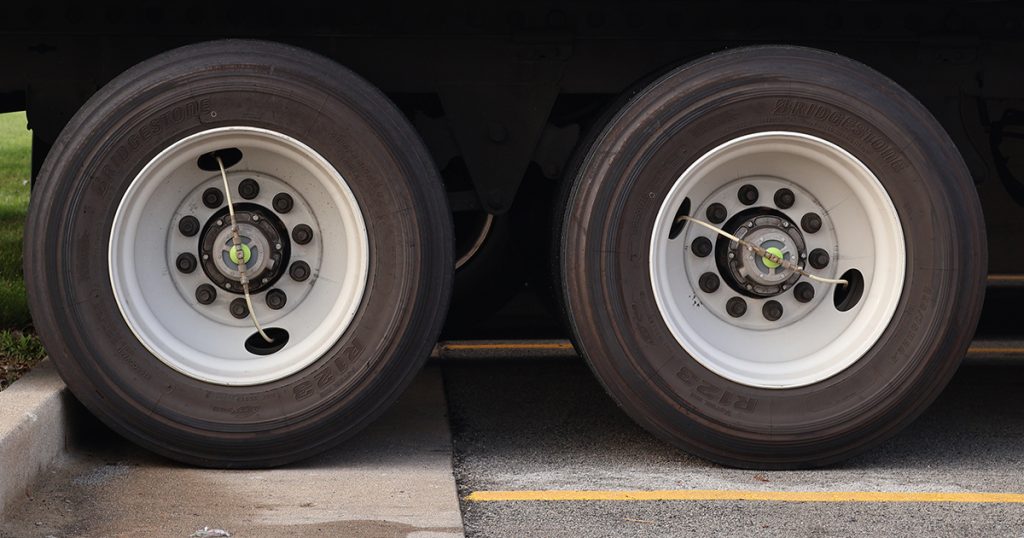Home » Training » Trailer Glossary » Tire Pressure Monitoring System (TPMS)

Tire Pressure Monitoring System (TPMS)
A Trailer Tire Pressure Monitoring System (TPMS) remotely monitors a trailer’s tire pressure and relays data to the driver and fleet managers. There are two main types of TPMS: direct and indirect.
Direct TPMS
Sensor Placement: In this system, a sensor is placed inside each tire, typically on the valve stem.
Pressure Measurement: The sensor measures tire pressure and temperature.
Wireless Transmission: It wirelessly transmits this data to the vehicle’s onboard computer.
Alerts: If pressure drops below a predetermined threshold (usually due to a leak or under-inflation), the system alerts the driver through a warning light on the dashboard.
Advantages: Provides accurate real-time data for each tire.
Indirect TPMS
Wheel Speed Sensors: This system relies on the vehicle’s existing wheel speed sensors (used for ABS and stability control).
Comparison: It compares the rotational speed of each wheel. Under-inflated tires have a smaller circumference, causing them to rotate faster.
Alerts: If it detects significant speed differences between tires, it assumes pressure loss and triggers a warning.
Limitations: Less precise than direct TPMS; doesn’t provide actual pressure readings.
